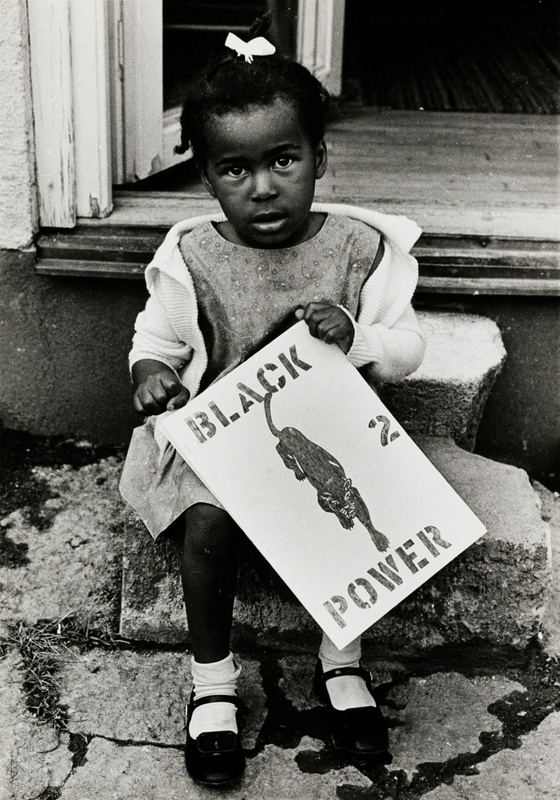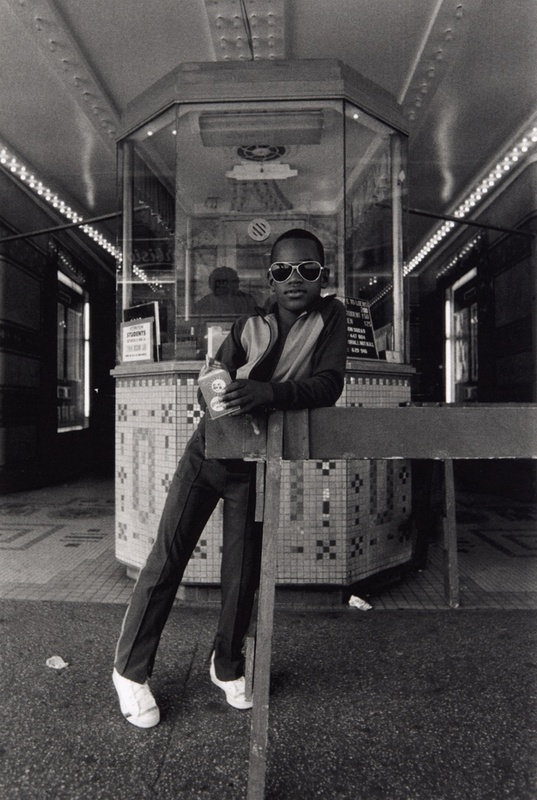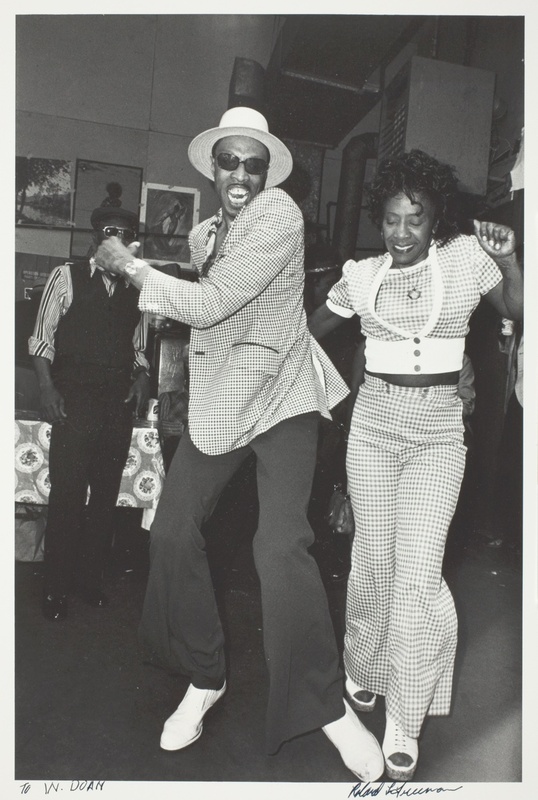Y'all Gon See Me Today
“We’ve got to keep telling our stories because our experiences are so broad and rich and multifaceted there isn’t just one way to be black. . . The more stories we share the more reflective we can be of the whole diverse African-American community.” - Oprah Winfrey
This section is heavily focused on photography of Black people, seeing the actual faces of the group of people we are talking about. We have spent some time already discussing how Black people are treated as less than human so it is important to see Black people doing everyday things. Not just viewing Black people in moments of distress and anger, but also in states of neutral emotion and happiness.
When the media only puts light on black people when violence is involved, you could start seeing black people as just bodies instead of real people with lives. You might also begin to believe that a black person's life only revolves around violence and death, which is a harmful stereotype to perpetuate. We have spent a lot of time just looking at the violence and struggles of the black experience, but I’d like to take you out of that for a moment to show everyday lives. We are looking at strictly photography here to show a more human element. While many of the works we have already looked at show portraits of black people, photography is forcing you to look at a real person in a moment in their life. I believe seeing actual black people in this section is important so that we don’t just start to only think of paintings when we think of the Black Arts Movement, but that we also think of the people that contributed to that movement.
In this photograph we see a young black girl sitting with a Black Power poster in her hands, the name of the work is “Cristal” ”Black Power”. This photograph was taken by Darryl Cowherd (1940 - ) in 1968, a prominent figure in the Chicago Black Arts Movement. Darryl has many photographs showing the black people of Chicago but the photo we see here is one of a little girl. We can assume the little girl in the photograph's name is Cristal, and she sits on a slab of concrete holding a Black Power sign. The Black Power movement holds a lot of significance for many black people because it aimed for the self-determination of black people. This slogan was also used heavily by the Black Panther Party, an African American revolutionary party focused on the preservation of black people. The Black Panther Party actually used many of Malcolm X’s ideas of Black Nationalism and self defense. So in the next photograph we see Malcolm X holding a newspaper with a headline of a case of police brutality. This photo was taken by the late Gordon Parks (1912 - 2006) on May 8th in 1963, an important photojournalist in the 1940s all the way through the 1970s. He captures photos of issues like civil rights and poverty in African American communities.
This photograph of Malcolm X is included in this section because he was a leader in the civil rights movement. Many of his teachings are ignored due to them encouraging black people to protect themselves from violent white people. Whitewashed versions of history like to ignore Malcolm X’s significance to the civil rights movement in favor of the non violent teachings of Martin Luther King Jr. The photograph shows us Malcolm X holding up a newspaper that displays a headline showing police brutality.
To transition fully out of the subject of protest, we also have photography of Black people participating in everyday activities. Because, like I stated earlier, it is important to see moments of everyday life. To the side here we have a photograph of a young Black boy at a movie theater posing for the photo. The photograph was taken by Dawoud Bey (1953 - ) and it is titled, A Boy in Front of the Loews 125th Street Movie Theater and it was taken on 1976. Dawoud is very well known for his street photography portraits, which uniquely included children existing within their community. A common theme in his work is showing you the unseen. The photograph shows us a young black boy leaning on a wooden barrier in front of a movie theater, he is standing on his toes most likely to appear taller and has sunglasses on.
We also have a photograph of two Black people, a man and a woman, dancing side-by-side at a party taken in 1965. This photograph is untitled and it was taken by Roland Freeman (1936 - ), an award winning documenter. He documented many different aspects of African American culture with his work. His history as a documentary photographer really shines through in this photo, it is like we are really seeing just a moment in time. We are seeing a single part of a night at what seems to be a bar full of black people. We see a man and a woman mid dance fully dressed up for the night. Roland is documenting a night in the black community, we can see where they gather, what they are wearing, and how they did their hair, all things that give us a lot of insight to black culture.
As we move onto our next section I’d like for you to keep in mind some of the ideas we discussed with our photographs of Cristal and Malcolm X. We are going to go into the thick of the Black Arts Movement next and look at many works with a theme of protest and Black power in them. I wanted us to take a moment to acknowledge the people that made up the Black Arts Movement and influence it with their actions before we looked at more of the paintings and prints that are more remembered from the Black Arts Movement.



